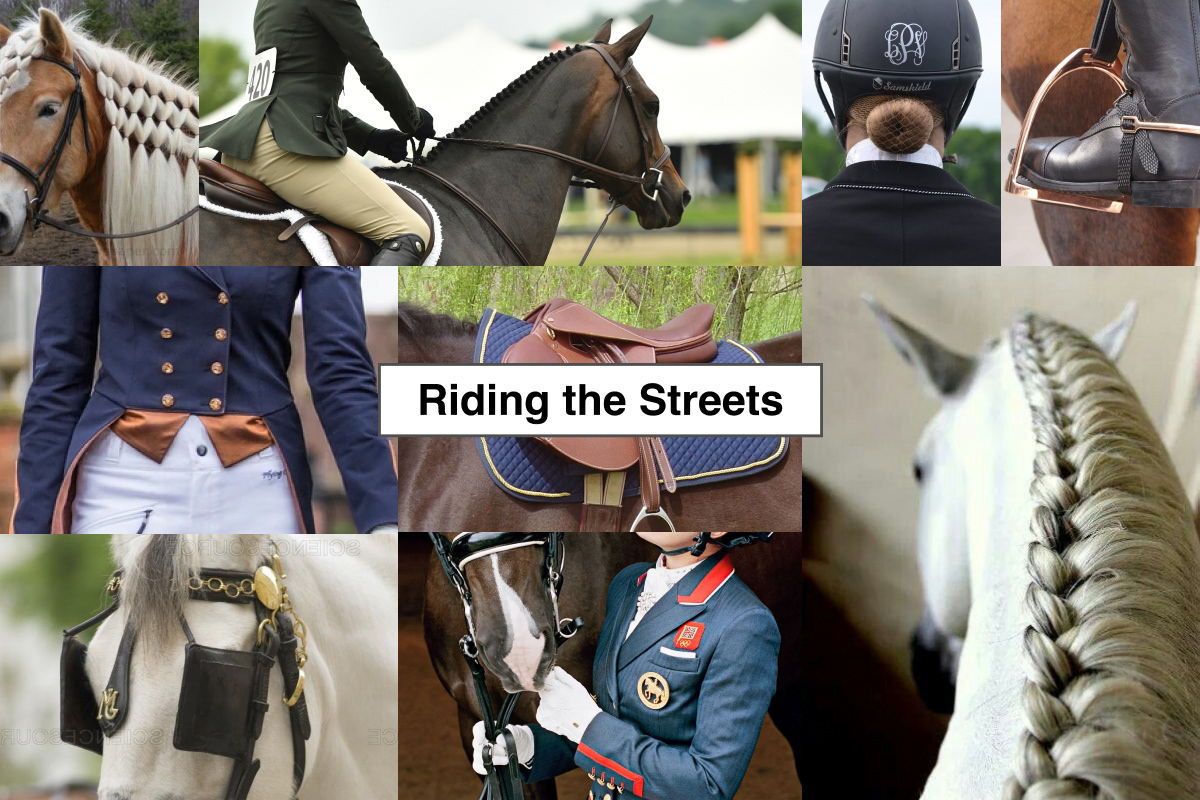Brand Strategy / Visual Identity / PRODUCT DESIGN / Naming / Packaging
Brand strategy and product development for luxury footwear brand
Challenge
For my bachelor's thesis, in 2014, a Mexican entrepreneur approached my team and I —all graphic designers— to develop a luxury dress/casual footwear brand from the ground up.
With zero knowledge of shoe design, we had to start from scratch, from learning shoe construction and material selection to identifying the target audience and creating a comprehensive brand strategy.
Research & Analysis
Secondary Research
We conducted secondary research on topics like footwear design, upcoming fashion trends, and the rise of sneakers as a fashion piece.
Positioning Map
A selection of (2014) emerging luxury sneaker brands were analyzed based on their offering, history, and vision, and mapped on a 2x2 matrix to identify the area of opportunity.
Footwear Analysis
To design a competitive footwear design, we analyze the materials, finishes, production methods, and characteristics of the brands closest to the area of opportunity identified on the competitive map.
Brand Analysis
Unboxing Experience
The new brand was intended to be a luxury brand whose main POS would be online. Therefore, we analyzed the design, packaging, and unboxing experience of some of the most recognized luxury brands in fashion.
Some of the findings include the use of a limited color palette, branded envelopes for receipts, personal notes, and boxes with ribbons.
Buyer Persona
To have a better understanding of the target audience we developed a persona of the ideal client based on secondary research. It included personality traits, demographics, lifestyle and pains and gains.
Brand Personality
Using Jung's archetypes as a basis and understanding the motivations of our target audience, two archetypes were selected: The Outlaw and The Ruler.
The combination of these two archetypes results in a bold high-end brand that leads by creating its own rules and staying true to itself. It was personified by Harry Styles.
Brand Attributes
A set of emotional and functional attributes were established to guide the brand and product design.
- Challenging: Redefining the meaning of being a gentleman.
- Sophisticated: Showing good taste and refined attitude.
- Audacious: Creating bold statement pieces.
- Sophisticated: Showing good taste and refined attitude.
- Audacious: Creating bold statement pieces.
- Innovative: Exploring new ways to reinvent what shoes are.
- Transparent: Being honest with our story, process, and resources.
- Detailed: Using the highest quality of materials and craftsmanship.
- Transparent: Being honest with our story, process, and resources.
- Detailed: Using the highest quality of materials and craftsmanship.
Conceptualization
Four concepts were proposed based on the personality and attributes of the brand. The concept "Classic Rebels" was selected to move forward for its duality and connection with the target audience.
Classic Rebels
Inspired by the juxtaposition of the daring rebel from the 50s riding motorcycles in leather jackets, and the refined men in tuxedos and ties from the 60s, this concept defies the meaning of being a modern gentleman.



Naming
"Byron & Leach" encapsulates the brand personality and plays on the tradition of fashion brands that use the founding designer's name as the brand name.
'Byron' is the middle name of the American actor James Dean, and 'Leach' is the real surname of British actor Cary Grant.
Product Development
We knew that the first shoe model had to represent the values and the essence of the brand. The sketches included details inspired by rebels' and gentlemen's clothing such as buttons, patches, zippers, stitching, and flowers.
Concept Testing
The sketches with the most potential were rendered and showed to potential customers to get their thoughts and pick a design to move forward.
Prototyping and Refinement
Based on customer feedback, the model with buttons was selected because, according to the audience, it had personality and expressed uniqueness.
Several rounds of prototyping and refinement were carried out with different materials and shoemakers until the final prototype was approved.
Final Design
The final shoe reflects the duality of the brand. The rebelliousness is represented by the high-top sneaker style and upper pleats that resemble leather jackets.
The formality is reflected in the front buttons that replace the laces as a nod to tuxedos, and in the use of leather for the exterior and sole.
A piece of Mexican silver jewelry, inspired by flowers in patches and boutonnières, was placed on the heel counter as a visual differentiator. The flower is meant to become a synonym of the brand and has the potential to be used on future products.
Visual Identity Development
The visual identity was developed simultaneously with the product to ensure they complimented each other.
It follows the approach of the luxury brands analyzed during the research phase to provide a familiar feeling to the user. It is composed of custom logotypes, a limited color palette for recognition, and high quality materials and finishes.
Logotype and Marks
The primary logotype features a custom modern Serif typeface that conveys sophistication and strength.
The sub-brand, a handmade signature, was designed for applications that involve closer interaction with the customer to create a personal experience.
The 'BL' monogram, designed with Gothic features to contrast the elegance of the primary logotype, functions as a seal of authenticity.
Texture
The floral jewel in the footwear was translated into a hand-drawn illustration of a rose bush, with rough thorns and delicate flowers, to be used as an embossed finish on printed materials.
Unboxing Experience
All of the brand's materials were designed to provide a quality unpacking experience from the moment they open the cardboard box.
A signed thank you card, a ribbon-wrapped shoe box, receipt envelopes, and a certificate of authenticity are some of the items that are part of the unpacking experience.